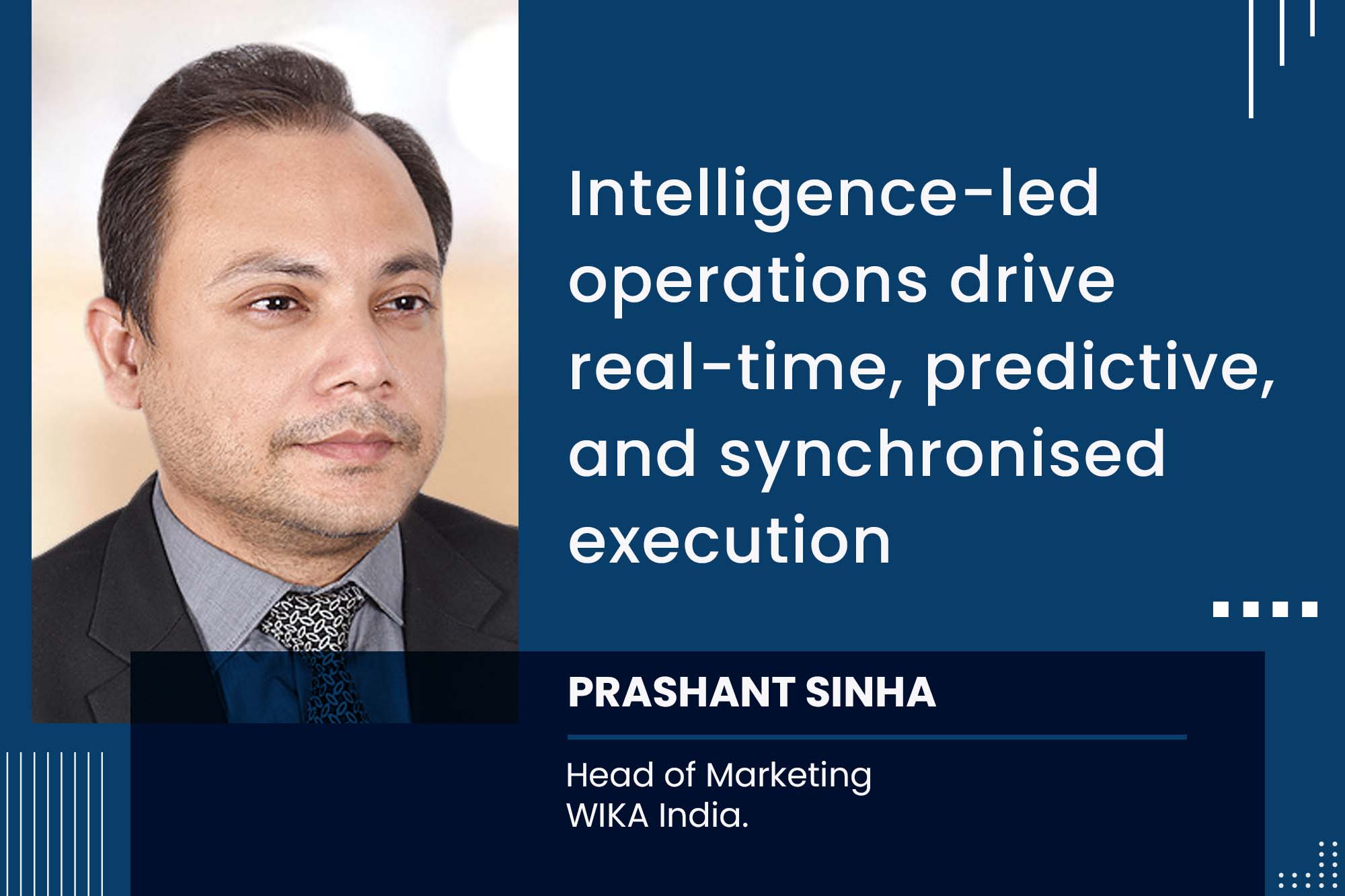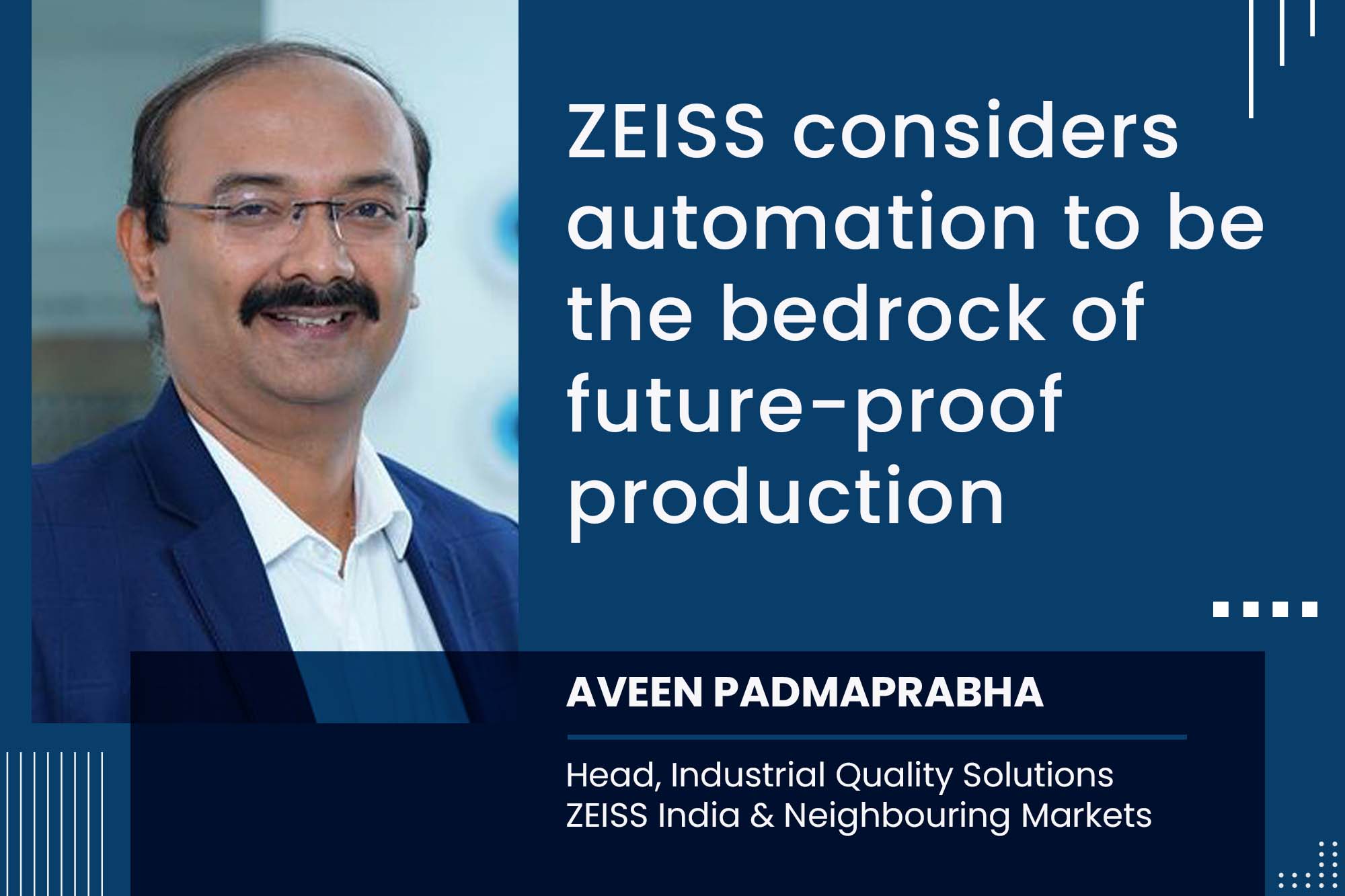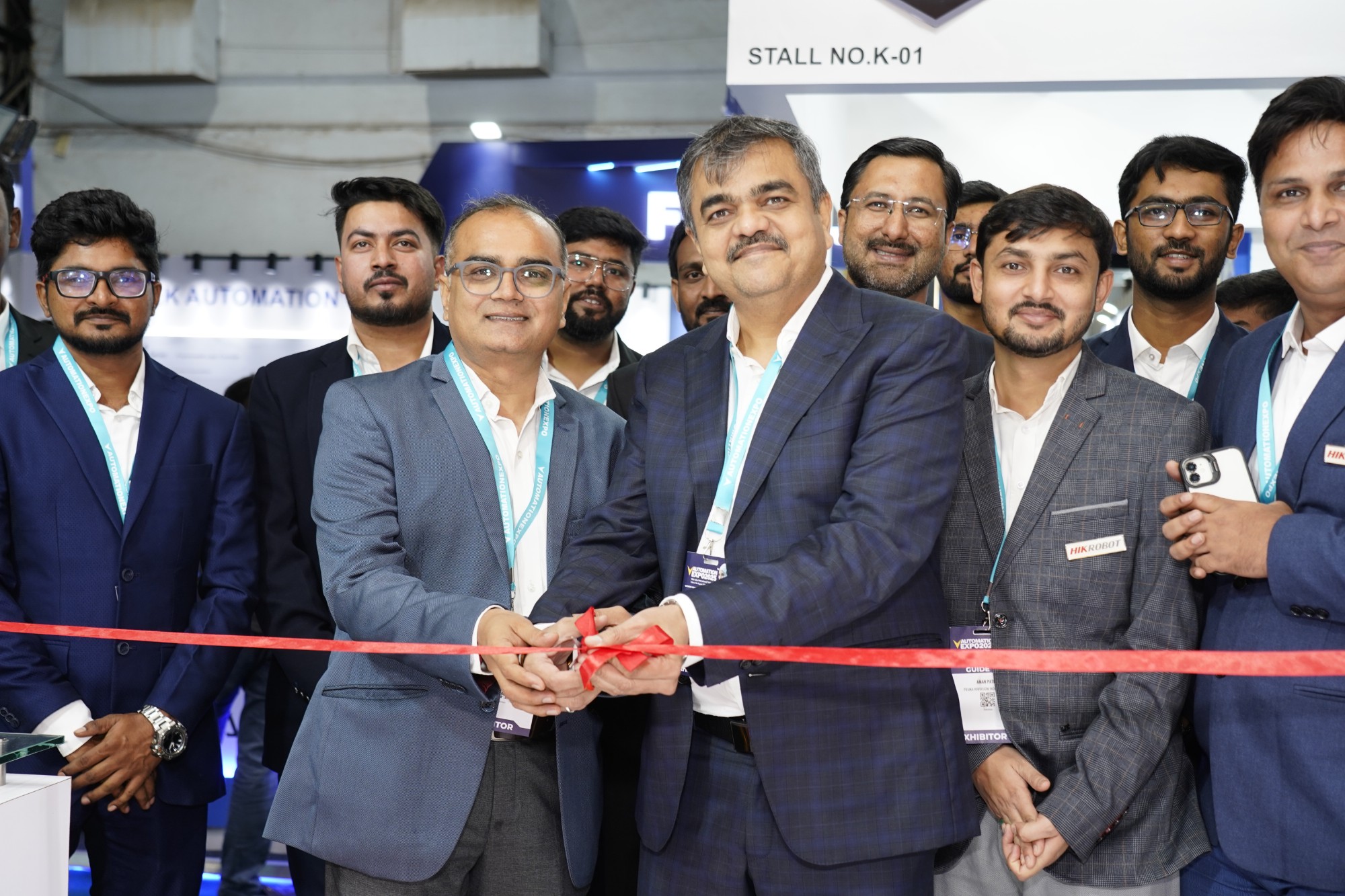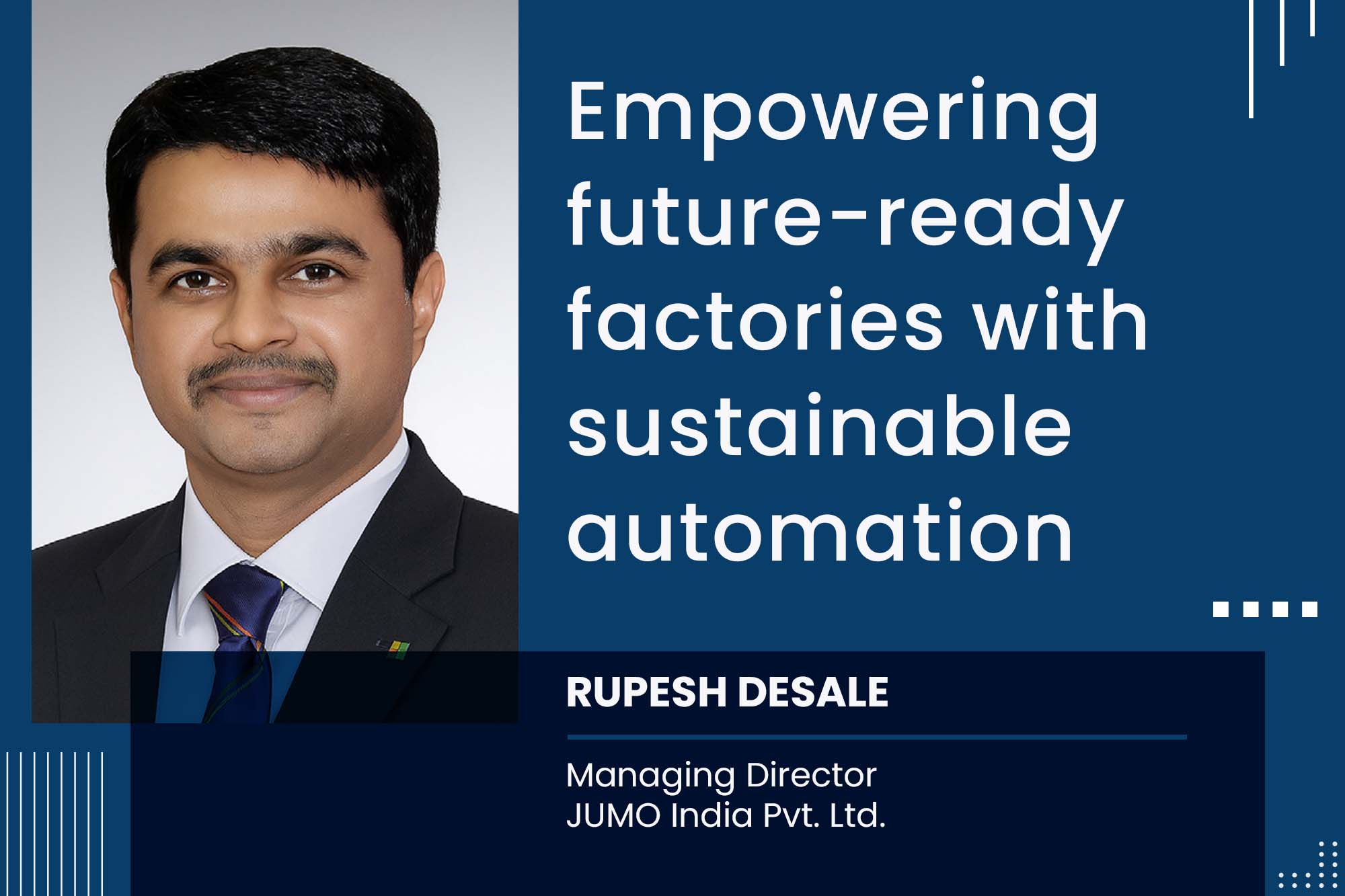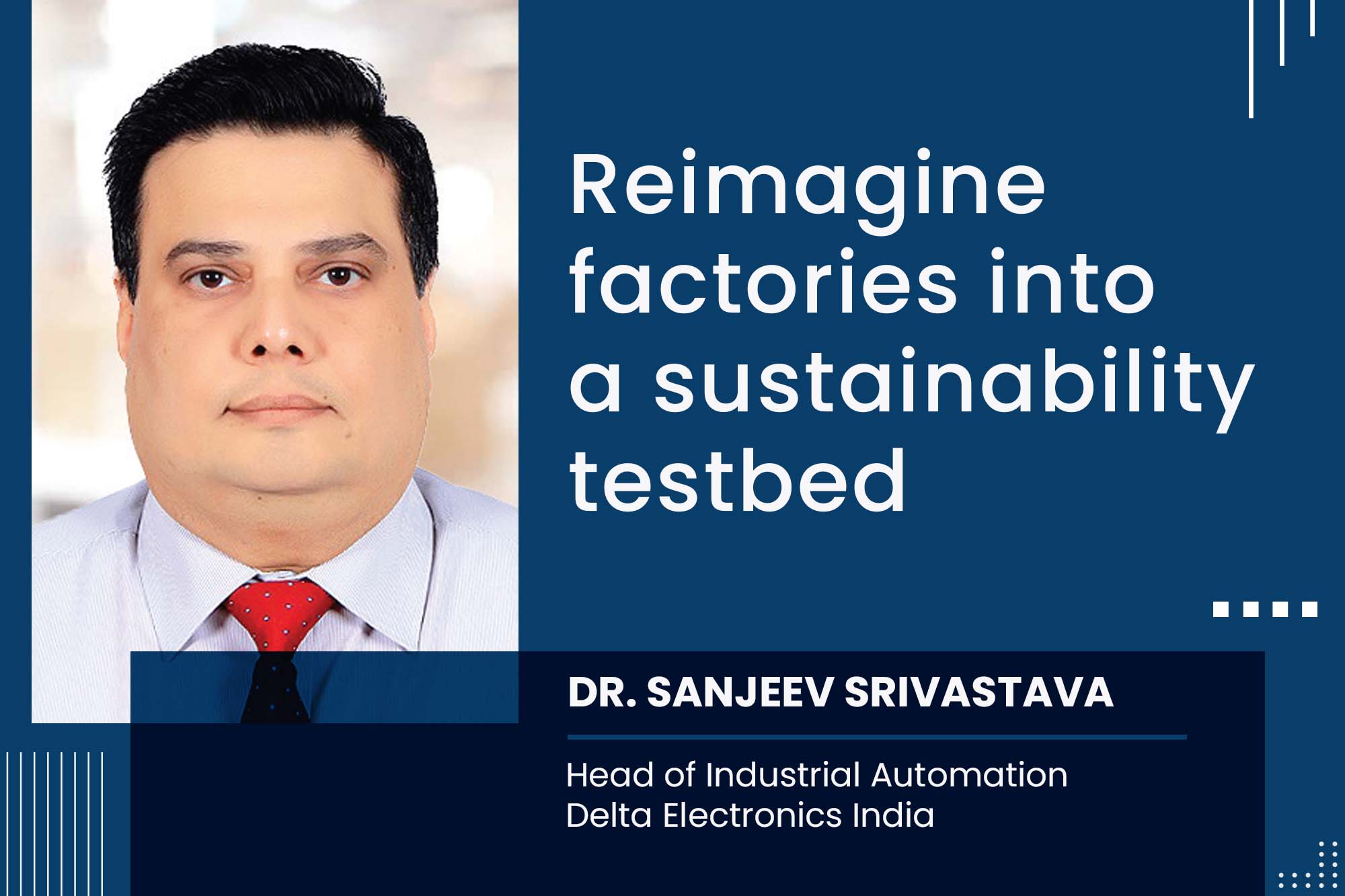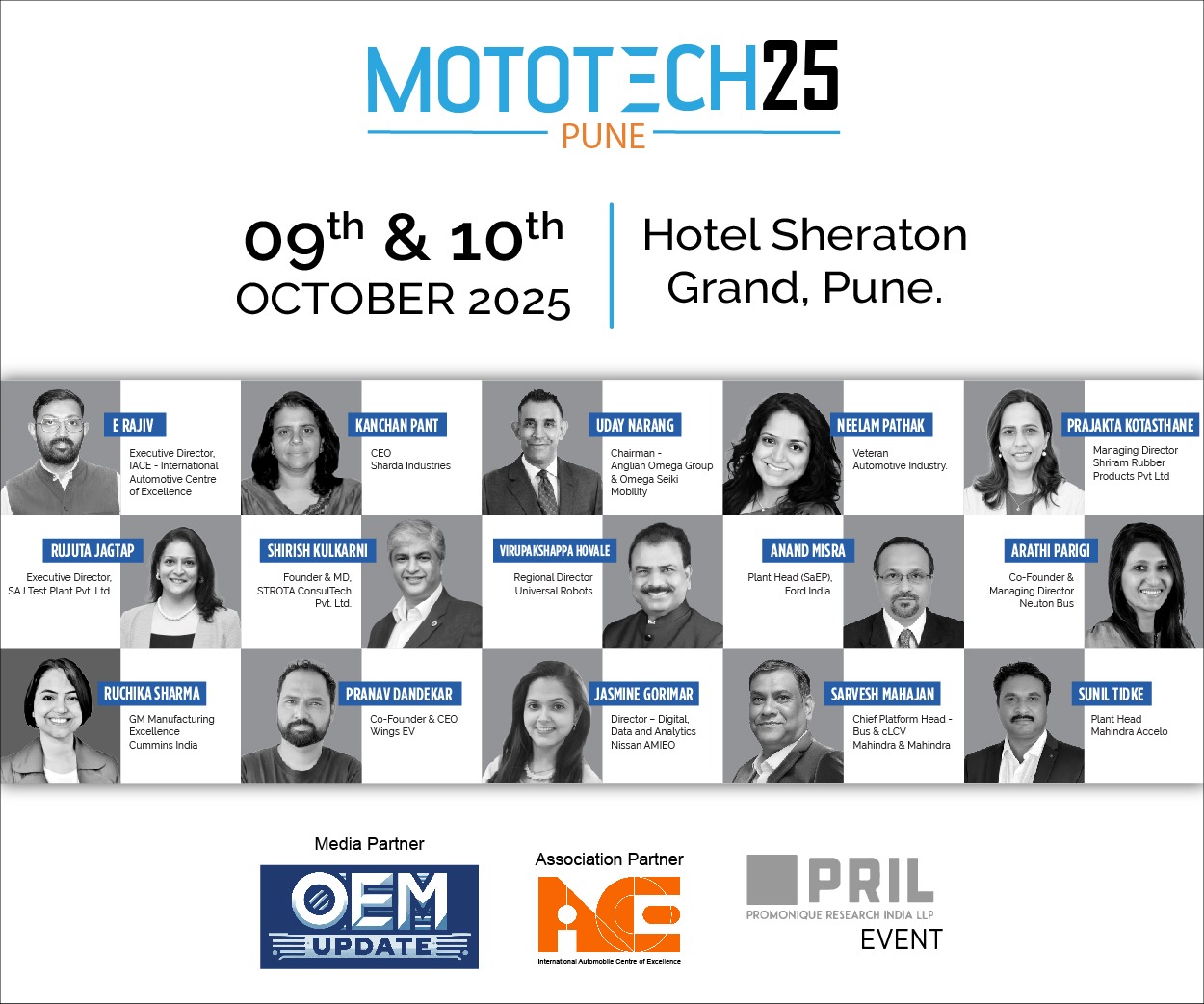Automate to thrive, not just to compete
By OEM Update Editorial August 8, 2023 5:00 pm IST
Automation and Industry 4.0 advancements are transforming industries through smart and dark factories. This article explores their potential and implementation strategies for success.
Automation is crucial in achieving operational excellence across various sectors by simplifying procedures, enhancing resource management, and providing outstanding goods and services. Despite encountering some obstacles, the advantages of automation far surpass them. Enterprises that embrace automation set themselves up for enduring success in a competitive environment. Intelligent factories, driven by Industry 4.0 advancements such as the Internet of Things (IoT), Artificial Intelligence (AI), and data analysis, present unparalleled possibilities for improving efficiency, productivity and fostering innovation.
The Dark Factory
Dark factories, also known as lights-out factories, are completely automated facilities that operate without human workers and even function in darkness. In a dark factory, sophisticated automation technologies independently take charge of the entire production process, from assembly to maintenance. However, dark factories encounter challenges such as substantial initial investment requirements, continuous maintenance expenses, and ethical considerations regarding the displacement of human jobs.
As automation and Industry 4.0 progress, dark factories are gaining traction, and many businesses are actively exploring their potential.
· FANUC Dark Factory: FANUC leads in lights-out factories, as it has implemented dark factories, employing advanced robotics and AI to achieve efficient 24/7 production without human involvement.
· Adidas introduced SPEEDFACTORY, an innovative concept for producing customised sneakers on demand. While the initial SPEEDFACTORY ceased operations in 2019, Adidas continues to explore automation and smart factory approaches in its manufacturing processes.
· IBM conducted trials of lights-out manufacturing in New York, automating operations and reducing human intervention during non-operational hours to evaluate the viability and advantages of this approach.
· Geely’s Dark Factory, spread across a vast 2,260-acre area, utilises advanced equipment and processes, including robots, stamping, and welding workshops, to optimise its manufacturing operations.
Dark factories present an alluring vision of the future, but their applicability depends on the industry. Striking a balance between efficiency and addressing social and ethical considerations is paramount as we delve into their possibilities in the forthcoming years.
The 7-Step pathway to implementation
1. Lay the Groundwork: Commence the smart factory journey by evaluating and modernising your infrastructure. Clearly define objectives and create a well-structured plan for successful implementation.
2. Embrace the Internet of Things (IoT): Incorporate IoT sensors for real-time data collection, enabling efficient monitoring and analysis within smart factories. Seamless integration ensures smooth data exchange and well-informed decision-making.
Example: Bosch’s Successful Implementation of IoT has effectively integrated IoT into its manufacturing facilities. This has helped them gain real-time insights into machine performance, quality metrics, and energy consumption. It has also resulted in significant enhancements in production efficiency and maintenance.
3. Embrace Artificial Intelligence (AI) and Machine Learning (ML): Utilise AI to optimise real-time processes. At the same time, ML analyses historical data to identify potential machine failures and enable predictive maintenance, thereby reducing unplanned downtime.
Example: Siemens’ AI-Driven Predictive Maintenance employs AI and ML algorithms to predict equipment failures, facilitating optimal maintenance scheduling and reducing operational disruptions and costs in their smart factories.
4. Integrate Big Data Analytics: Collect, secure, and visualise data from IoT devices, production, and supply chain. Leverage big data analytics to gain predictive insights in the smart factory.
Example: General Electric’s “Brilliant Manufacturing” employs big data analytics on machine and process data to optimise production, minimise downtime, and identify opportunities.
5. Ensure Cybersecurity and Data Protection: Implement cybersecurity measures such as firewalls, encryption, and access controls. Foster a culture of security consciousness to safeguard the smart factory.
Example: Schneider Electric’s Cybersecurity Solutions ensures smart factory cybersecurity through encryption, access management, and continuous monitoring to protect connected systems and data.
6. Embrace Robotics and Automation: Enhance productivity by deploying cobots to assist with repetitive tasks. Embrace flexible automation to achieve agile manufacturing and adapt to changing requirements.
Example: BMW’s Smart Production Line utilises collaborative robots (cobots) to aid workers in assembling complex components. This enhances efficiency and ergonomics in the manufacturing process.
7. Implement Augmented Reality (AR) and Virtual Reality (VR): Employ immersive AR and VR for onboarding and upskilling, reducing training time. Provide maintenance personnel real-time information during equipment repairs and troubleshooting using AR and VR.
Example: Airbus’ Augmented Reality Assembly uses AR technology with headsets to streamline assembly processes, improving accuracy and efficiency.
Embracing the path to becoming a smart factory requires thorough planning and effective leadership. Gaining insights from real-world instances and adopting best practices is crucial for achieving sustainable growth in the era of digitalisation
Cookie Consent
We use cookies to personalize your experience. By continuing to visit this website you agree to our Terms & Conditions, Privacy Policy and Cookie Policy.






